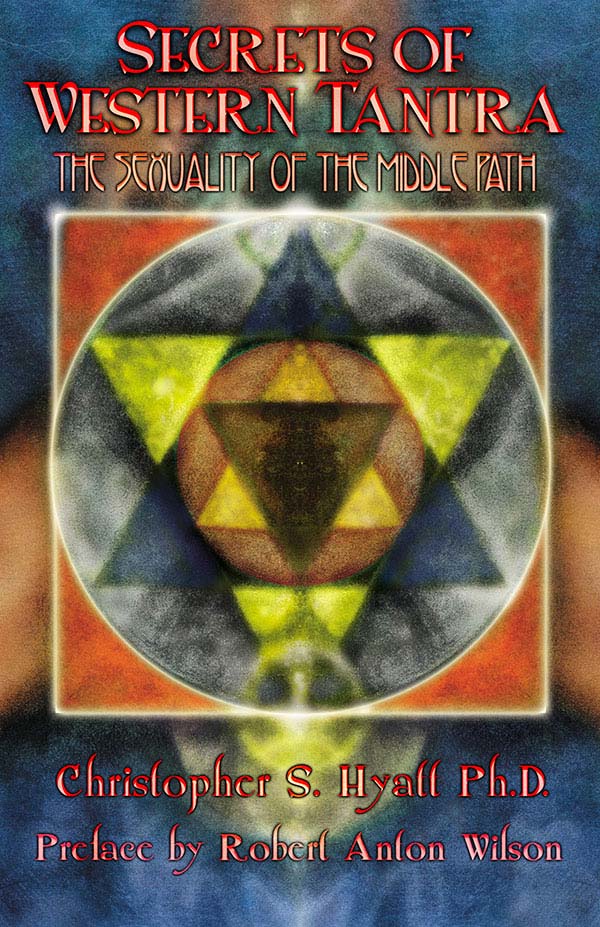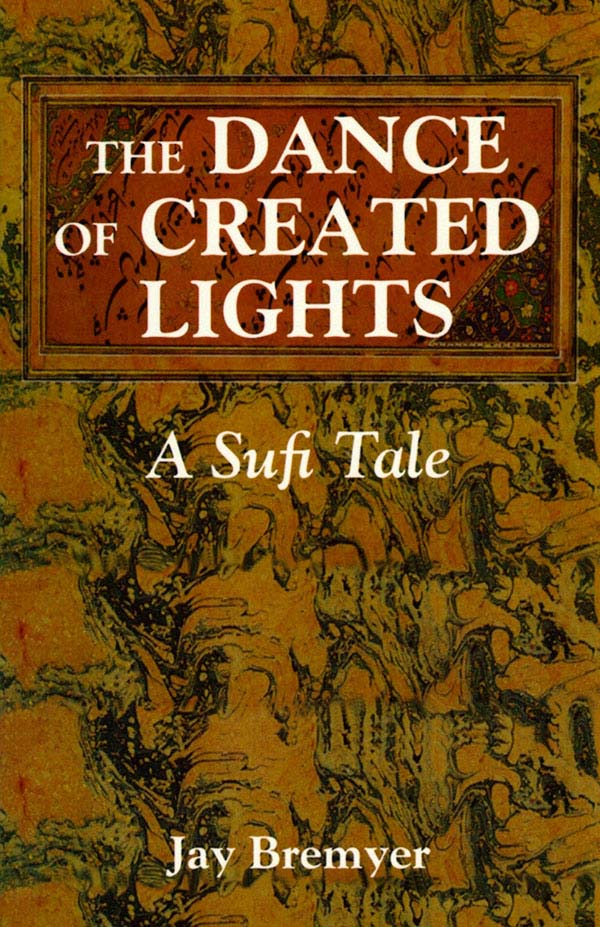
Naga MagickThe Wisdom of the Serpent Lords
| Paperback | MOBI eBook For Older Kindle Devices | ePub eBook For All Other Devices |
|---|---|---|
$18.95 | $9.99 47% savings | $9.99 47% savings |
Product Information
| Format: | Paperback |
|---|---|
| Pages: | 216 pages |
| ISBN-10: | 1-935150-59-6 |
| ISBN-13: | 978-1-935150-59-6 |
Description
Serpents have always been both venerated and feared throughout the world, but perhaps none so much as the Naga in Hindu, Tantric and Buddhist traditions. What are the Naga? They are the Serpent Lords of ancient times, more akin to the Orishas of Santeria than to the remote gods of Olympus. And, like the Orishas, they are far more accessible.
Naga Magick is more than a mythic and historical account of the Naga. It is also a Naga 'Grimoire' of practical and spiritual rituals.
Serpent spirits are seen everywhere in Asian iconography and practices, but because of the extremely ancient and 'grass roots' origin of their worship, they are only rarely mentioned in traditional religious texts. This parallels the prehistoric worship of similar serpent spirits across the ancient world in many places under many names. In most Eastern and Western animist or pantheist traditions, serpent-demigods are positive beings manifesting as spiritual guardians. Often these spirits are associated with springs, rivers, lakes and oceans as well as the numinous chthonian world below, as are the Naga. Naga wisdom has the power to enlighten us about the ancient, often forgotten serpent spirits, their magick rituals and their place in helping us to heal Nature.
Whether you wish to learn the history and mythos of the Serpent Spirits, or if you wish to work directly with these luminous beings, Naga Magick provides unique access to the power and wisdom of the Naga Lords.
Naga Magick includes many Illustrations and an extensive Glossary.
Editorial Reviews
Naga Magick is an in-depth exploration into the traditions lore of the Nagas, providing deep and personal insight into their communion. The author has done an excellent survey of the deeply ancient Naga cult as it has manifested in various cultures throughout time. This is not an easy subject as the traditions of the Nagas originate in the remote depths of time, and little has been written about these practices. This book is not just an historical overview, however; this is a manual of practical Tantrik Sadhanas to engage with the Nagas directly and intimately. As such, the author presents original rituals and first hand experience of engaging with these mighty, proud and powerful beings. Unique, practical and very eye opening, Naga Magick is highly recommended.
Gregory Peters
The chthonic Naga universe and the serpentine path presented in Naga Magick is alluring and compelling with sigils and rituals and safeguards for those intrepid explorers called upon this most ancient and primeval path. Denny notes: "It is the Sorcerers — Magick-making Shamans and Tantrikas — who feel the most comfortable in the Naga realm." Count yourself in if you qualify.
Linda Falorio
Le Grande Zombi (the Great Serpent) is an integral part of New Orleans Voodoo, my chosen system of practice. It is enlightening to see how these powerful deities show up in other systems and practices. If your practice or interests include serpent spirits, this is a work you should have and use regularly.
Dr. Louis Martinié
Naga Magick offers unique insight into a field that touches both the divine and the human: wisdom-bearing serpents. We find this theme in mythologies all over the world — as in the Judeo-Christian mythology where the serpent tempted Eve with knowledge. In accepting knowledge, a path of illumination and discovery was struck for humankind, and it is this path Sargent shares with us.
Nicholaj de Mattos Frisvold (Vajrapaninath)
Snakes are fascinating and ancient manifestations of magical energy. Naga Magick bridges the Tantric and esoteric traditions with meticulous research informed by personal practice. The beginner will find the prose clear and understandable, while the experienced practitioner will discover a rich and deeply satisfying tradition that easily harmonizes with any Pagan, esoteric or Tantric work. This is a gem, perfectly crafted for our time.
Brandy Williams












